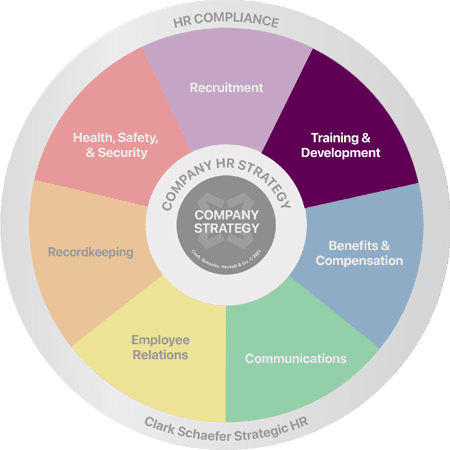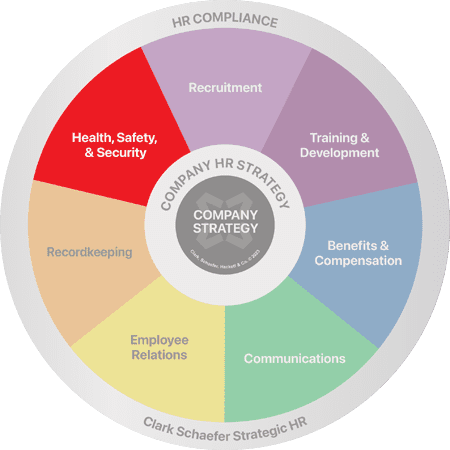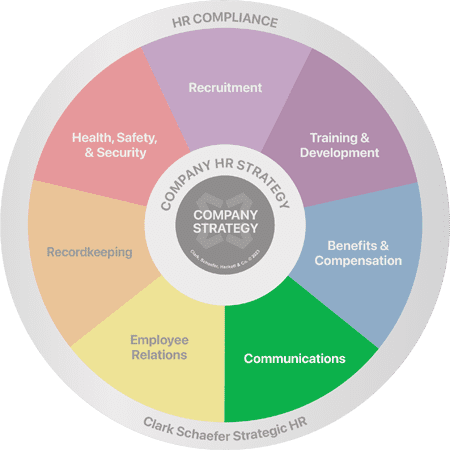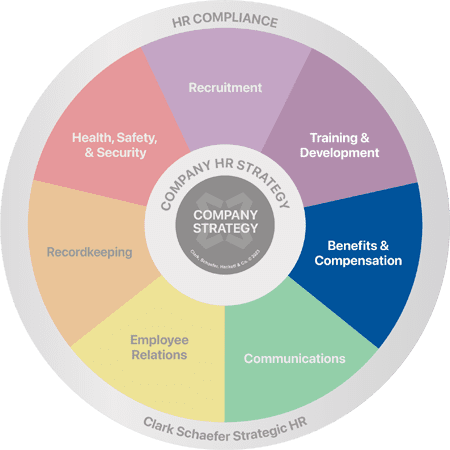Building A DEI&B Roadmap
Last Updated on August 31, 2023 / HR Strategy

When considering how to implement a diversity, equity, inclusion, and belonging (DEI&B) roadmap, many organizations may feel intimidated. It can feel like a mountain to climb when it comes to the sheer number of possibilities, programs, and efforts that you can undertake.
So, what’s a measured and structured way of implementing (or evaluating already established) DEI&B programs within your organization? We will share our recommendations for the steps you can take to develop your program objectives and goals, as well as how to create a Cultural DEI&B Roadmap to help you on this journey.
Step 1: Understand Your Purpose & Define Your Vision
The first step is to identify and define the overall purpose of your DEI program. For example, is your organization considering the program to remain on par with competitors in the market? Is the ultimate objective to establish and nurture an inclusive culture? Or potentially, is a DEI&B program on your radar because the organization lacks the diversity that you would like to see compared to the surrounding community?
There could be many reasons behind it – it could include all the reasons listed above, and more! Whatever your reasons for developing DEI&B programming, they should inform your program goals and objectives.
Step 2: Define Your Strategic Objectives
Before you can effectively build a plan for where you want to go, you must first understand where you currently are. To do this, you will need to do a statistical analysis to understand the makeup of your current workforce by analyzing employee data from your HR information system (HRIS) and/or payroll system. We also highly recommend conducting a confidential employee survey to gather honest feedback on your organization’s DEI&B status.
Once you’ve gathered the data and have a better picture of what your organization’s DEI&B landscape looks like, it’s important to establish a SMART (Specific, Measurable, Actionable, Realistic, and Timebound) goal to drive your strategic objectives. An example goal could be, “In order to accurately reflect the diversity of our community and to position ourselves as an employer of choice, we want to increase our organization’s racial diversity by 20% in the next three years.”
That’s a great goal! Now how do you achieve that?
Step 3: Create a DEI&B Cultural Roadmap
To build a comprehensive DEI&B roadmap to meet your goal, you have to define the strategic objectives that you will use to get there. To define those objectives, you should consider four key pillars: Attract, Belong, Promote, and Influence. Each pillar holds up a different aspect of a comprehensive DEI&B plan and together will help you to develop a cultural DEI&B roadmap.
There are four main pillars in DEI&B Cultural Roadmaps:
- Attract – Recruiting a diverse workforce – talent acquisition management
- Belong- Employee engagement, belonging, and retention
- Promote – Career pathing, career progression, learning & development, and succession planning.
- Influence – how are we operating an organization within our community and within the world? Includes community relations and volunteer opportunities. Includes do you have a DEI-focused vendor list?
You MUST include all 4 pillars, or your efforts will fall down just as a three-legged chair. And each one of those pillars, what we do is we roll up various initiatives underneath each one of those pillars over a several-year road map in order to get where we want to go long term.
Attract
If your goal is to increase the diversity of your workforce, it may seem obvious that you will need to attract a more diverse pool of talent. But how can you do this? An excellent place to start is by reviewing your job descriptions and scrutinizing whether any of your current requirements detract diverse candidates from applying. For example, are the education, background, and day-to-day requirements absolute “need-to-haves”, or are you willing to be flexible? Could your requirements be open to experience in exchange for formal education? Do they have to have a driver’s license, or do you just need to confirm that they have reliable transportation to and from work?
Belong
Belonging is one of the newer concepts to enter the diversity, equity, and inclusion conversation, but it requires no less attention. By appropriately promoting and creating the paths for promotion for our diverse team members, it allows team members of any background to see the potential for themselves in roles they may not have had access to before.
If they can see someone who looks like them, thinks like them, operates like them, lives like them in a high-achieving role, it can make an incredible impact. Or, if a high-level role isn’t attractive to some individuals, we can still achieve a sense of belonging by engaging mentors and advisors to help guide and educate our team. Having those individuals in our professional lives that have similarities with us, whether that’s culturally, physically, spiritually, or otherwise, can make it a lot easier for people to be motivated and incentivized to engage and remain with the organization.
Promote
So, how can your organization promote diverse candidates internally if your organization is already lacking diversity? Minority entities and groups of individuals who haven’t had the same access to opportunities may already be at a disadvantage when considering growing through the company.
How can the organization provide access to training or education to allow these groups the opportunity to grow within and through the company? Promoting from within requires this key action.
And while promoting from within requires a longer timeline in comparison to attracting diverse talent (potentially three years versus a couple of months), this action will set your organization up for success in the long run. If you’re looking for a truly successful promotion-from-within strategy, be prepared to take steps in these initiatives over five to ten years. Tactics for this strategy can look like career pathing and building lines of succession. By taking smaller steps towards inclusion under the “promote” pillar, you’re creating an even more inclusive environment that will retain the diverse talent that you worked so hard to attract.
Influence
When we consider “influence,” we may initially assume that we’re hoping to influence internally – whether that’s decision-making, culture, or inclusive conversations. And while those are absolutely areas that we should consider and impact through this process, the concept of “influencing” through your DEI&B roadmap actually applies outside of the organization. It involves asking questions such as “How can we show the community that we live and/or operate in that we promote and encourage and support particular minority groups?” Is it engaging in Black History Month, Asian American and Pacific Islander Month, Native American Heritage Month, Hispanic Heritage Month, Pride, or more? And is that engagement something that we (as an organization) can continue year-round?
This external “influencing” goes hand-in-hand with attracting diverse team members – by getting involved and positively impacting community groups, then you’re positioning yourself as an employer of choice.
A successful DEI&B roadmap takes time, effort, planning, and funds. Whether your organization is still in the foundational stages of building a DEI&B program or reevaluating previously made goals for your current program, a roadmap can help guide the key players towards success in achieving the strategic level goals.
Special thanks to Mary Mitchell, MBA, SPHR, SHRM-SCP, CHRS, and Samantha Kelly for sharing their expertise in this article!
Building a comprehensive and inclusive diversity, equity, inclusion, and belonging plan can improve team morale, create a welcoming work environment, and position your organization as an employer of choice in a difficult labor market. If you need assistance or guidance in building this plan, visit our DEIB Consulting Services page or contact us today!








